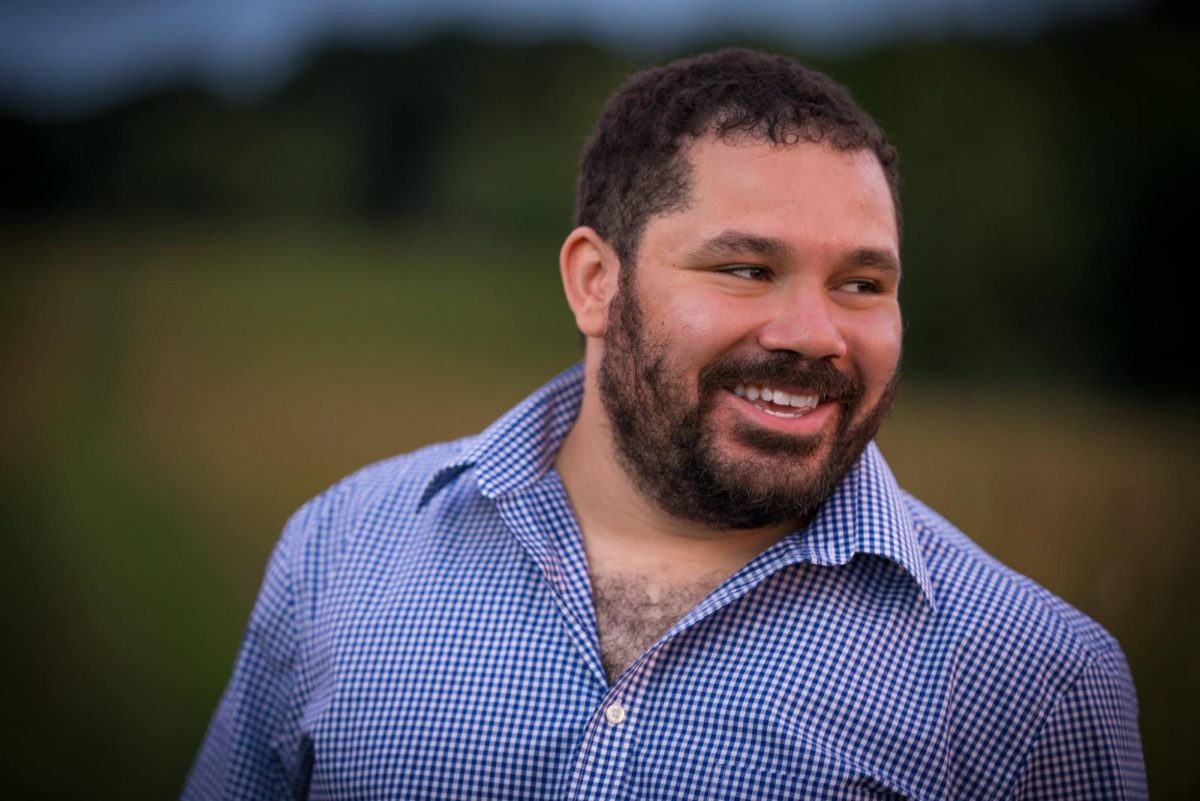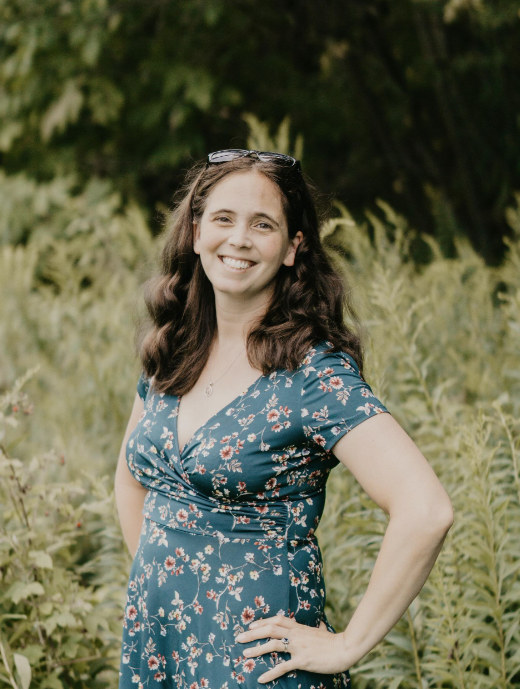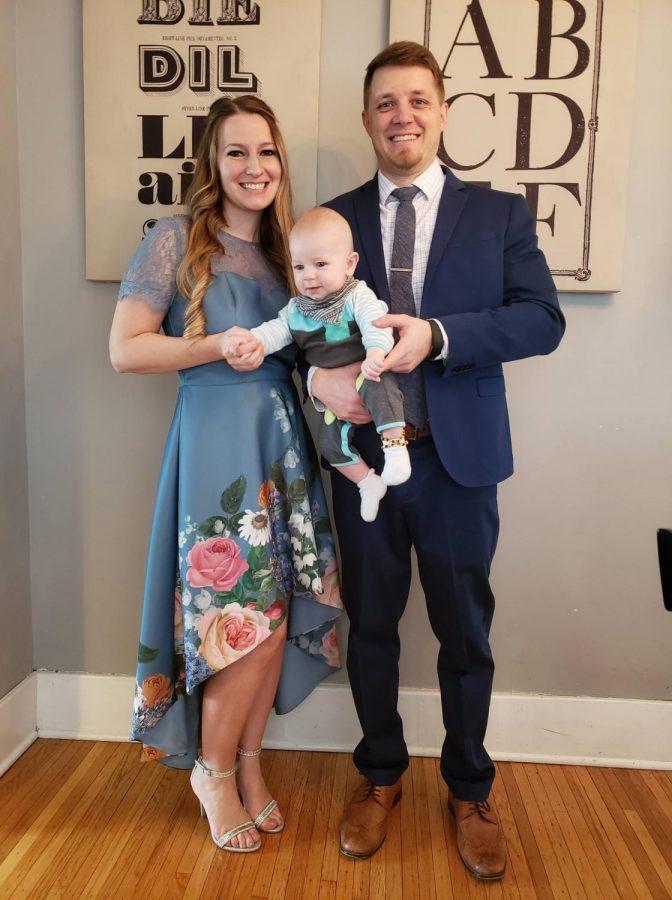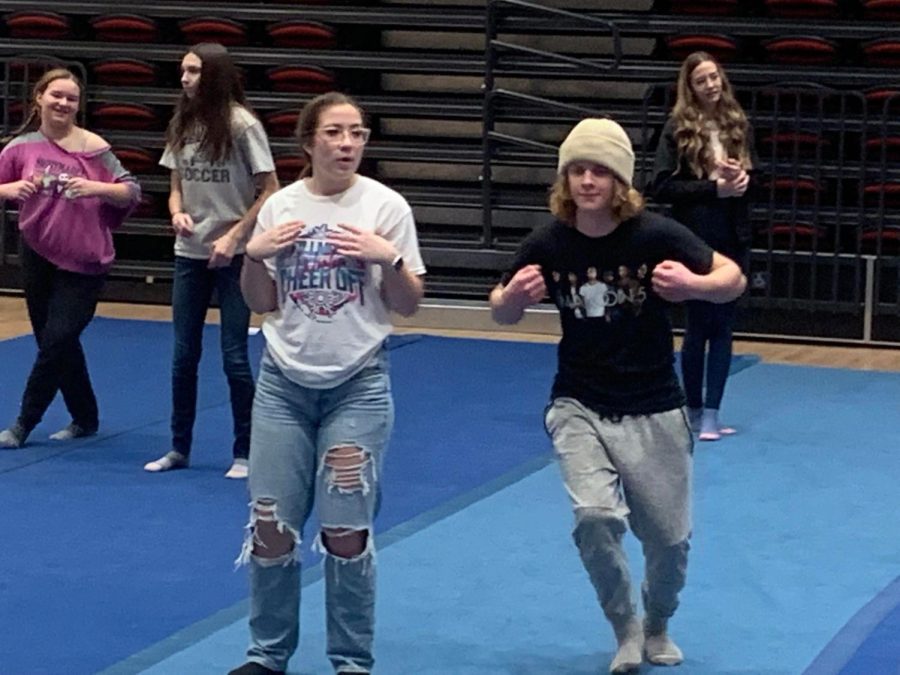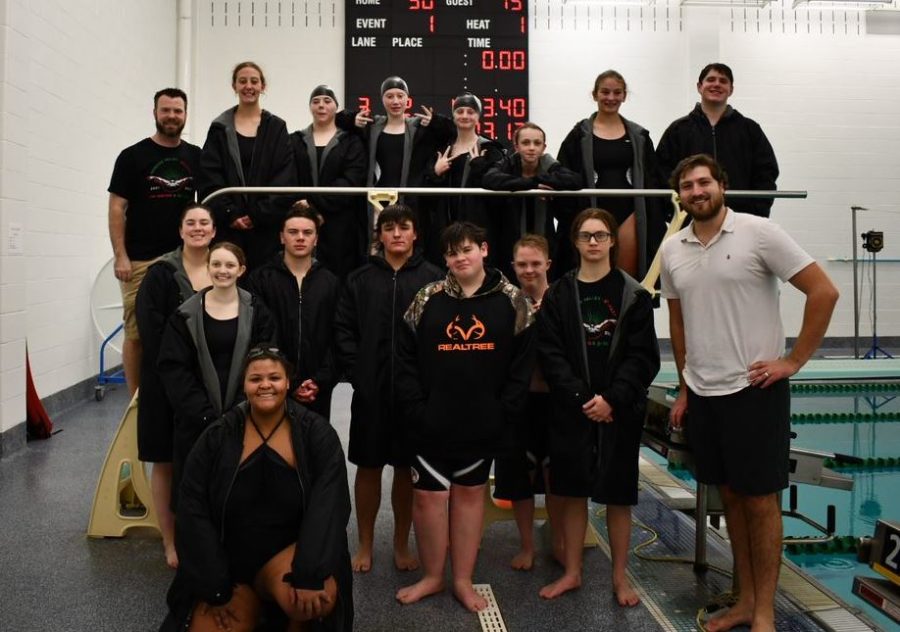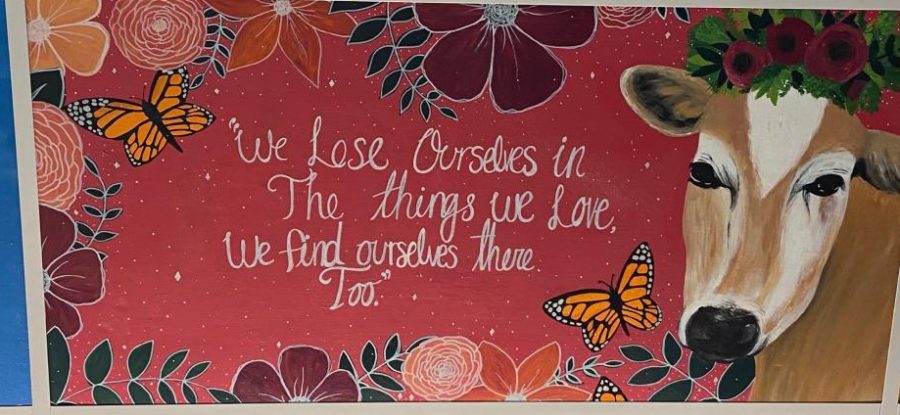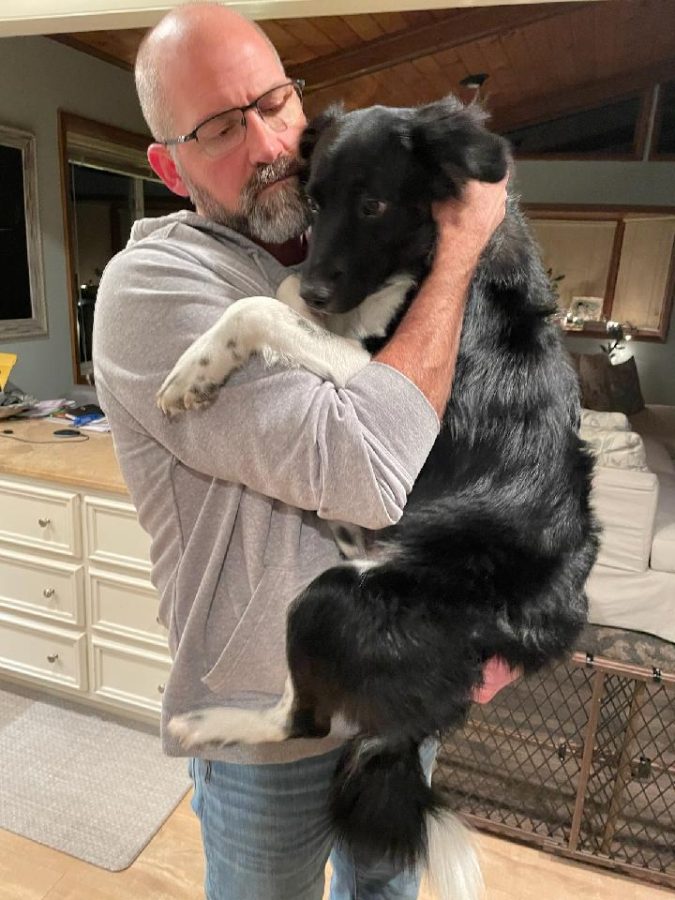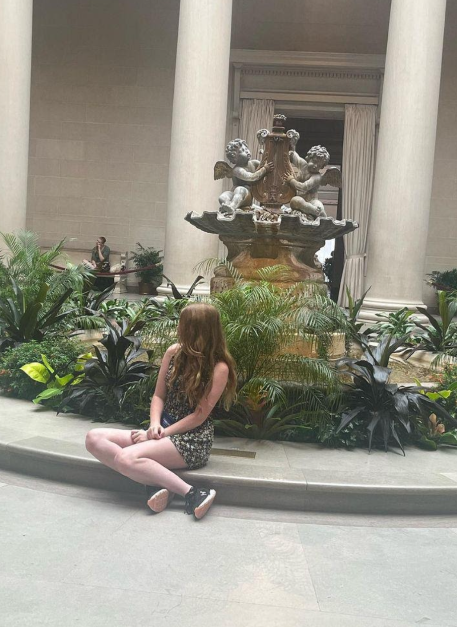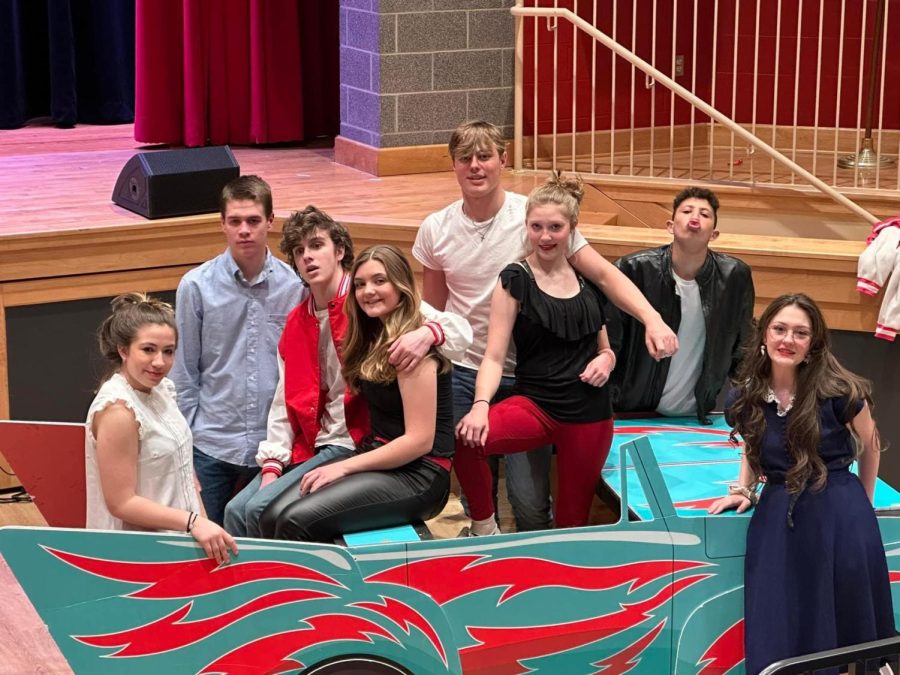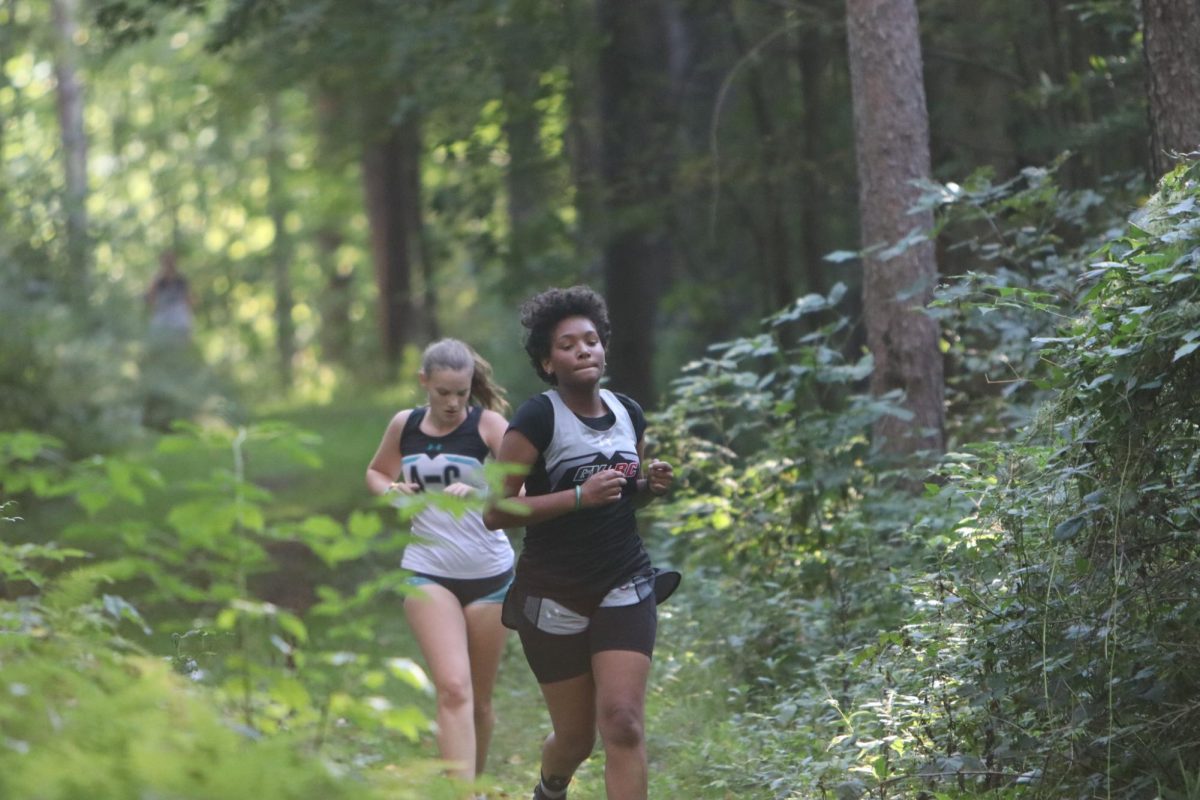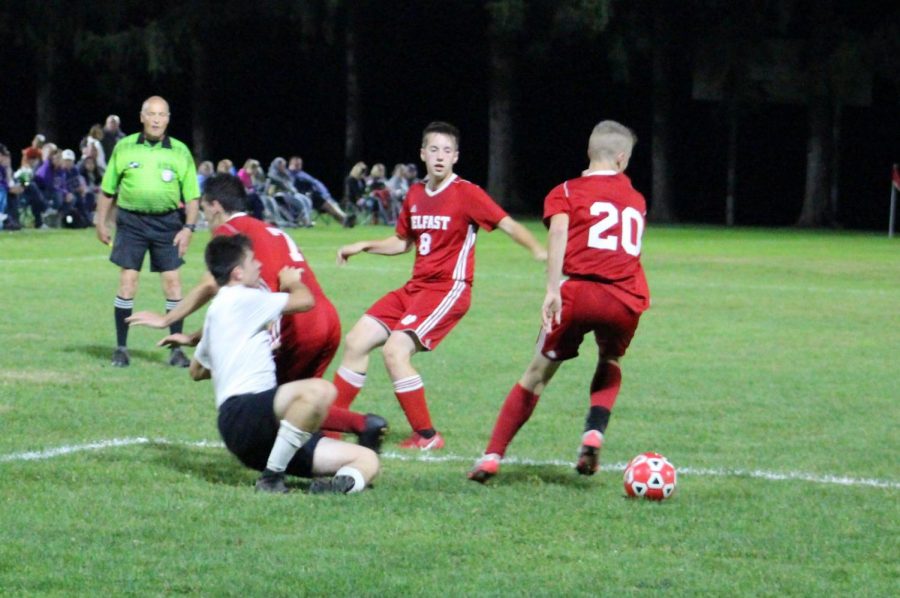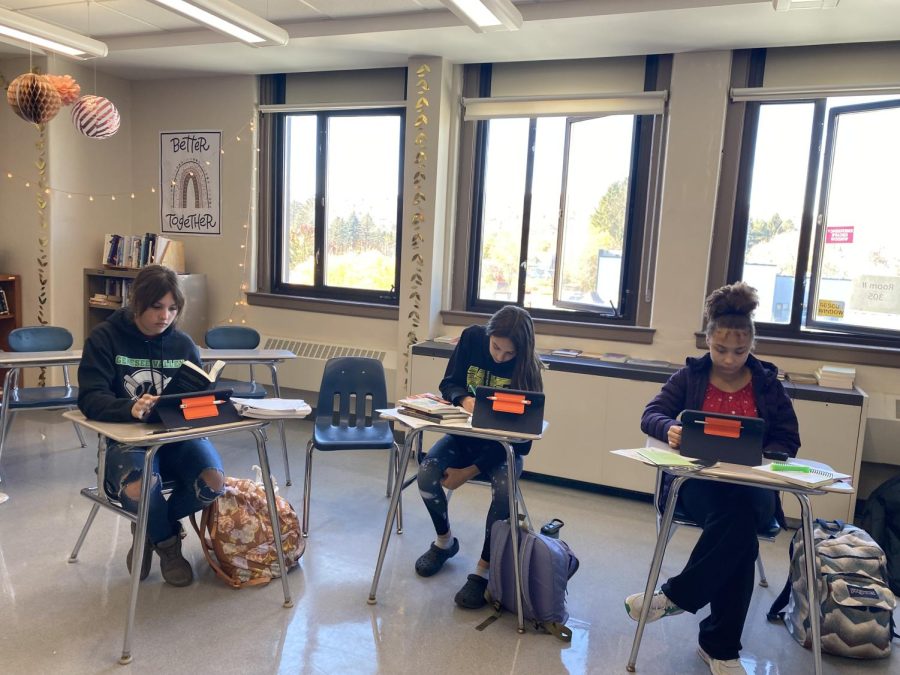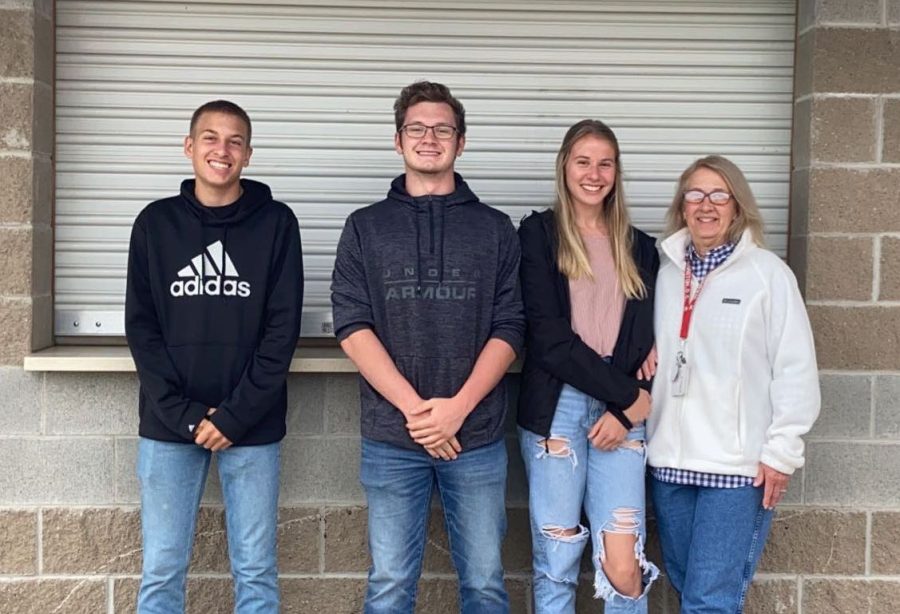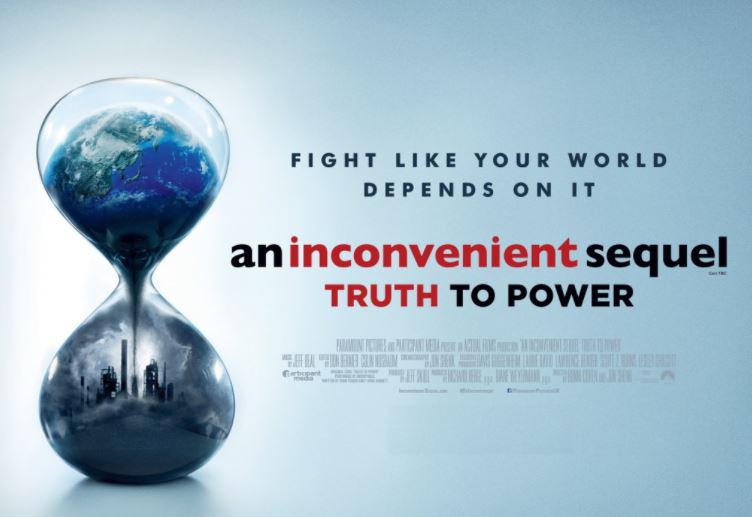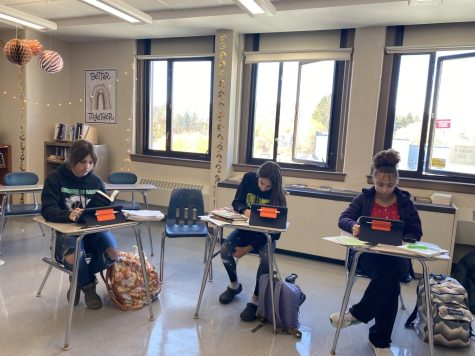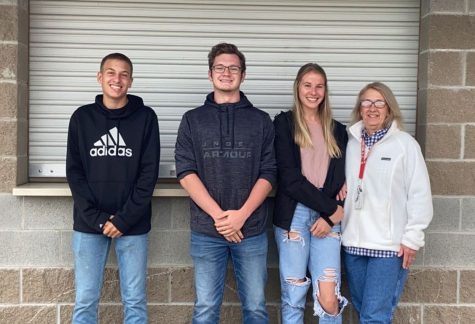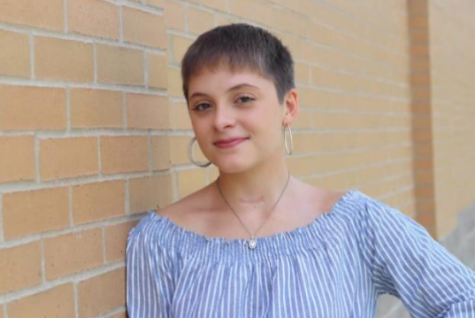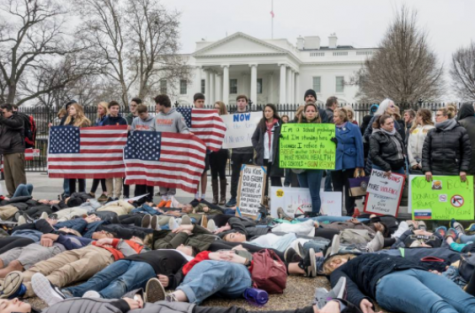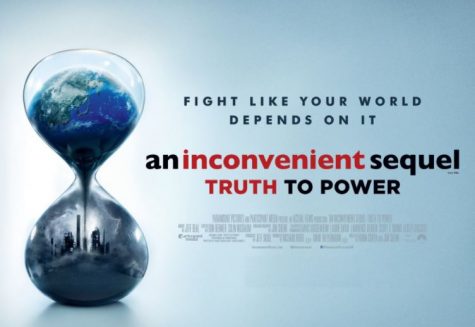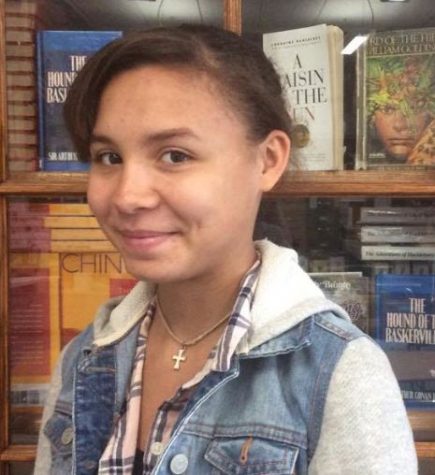Police in Schools Would Prevent Violence

June 7, 2017
Acts of violence in schools can range from a single brawl between two students, to an angry student threatening and attacking a teacher, to an adult intruder on school grounds with the intent of hurting someone, to a killing spree carried out by a student, teacher, former student, or outsider. The National Center for Education Statistics found that 85% of schools reported at least one of the incidents. Although most of these incidents were probably minor offenses, there still needs to be a change to prevent any sort of violence from happening in schools nationwide. Shooting sprees that result IN fatalities are the violent school acts that get the most reaction and stir up the most debate about what to do to prevent the loss of lives in a place that is meant to be safe.
An example of a well-known school tragedy is The Columbine Massacre. This tragedy occurred in 1999 at the Columbine High School when two of Columbine’s students, Eric Harris, and Dylan Klebold, brought explosives and weapons to school. Thirteen victims were killed and twenty-four students were wounded before the perpetrators eventually turned their weapons on themselves (Overview- School Violence)). Another well known school shooting took place in Newtown, Connecticut in December of 2012. Adam Lanza, age twenty, traveled to Sandy Hook Elementary School and opened fire on innocent little kids as well as adults. Twenty first-graders and six adults were killed (Overview-School Violence). Colleges also have been places of violence. A student at Virginia Tech named Seung-Hui Cho went into multiple campus buildings and killed thirty-three people and wounded twenty-four in the school year 2006-07 (Overview School Violence).
School violence can happen anyplace, anytime, by anyone. The big question everyone is asking is: What can we do to prevent this from happening again? Government officials, advocates of the issue, and other concerned parties have tried to come up with a solution to this problem. They have come up with policies and reforms to attempt at better safety for students, but are failing. Some policies and procedures that are failing are gun control, zero tolerance policies. Many people also believe that addressing mental illness is the best way to prevent violence.The best solution to school violence would be to place police officers in every public school across the country rather than addressing mental illness.
Many people believe that the best way to prevent school shootings is to address mental illness. Maria Konnikova, a writer for the New Yorker, claims that it would be better to focus on other factors instead of mental illness. She says that not all people who have committed acts of violence have a mental illness. She also thinks that mental illness is not a good predictor of violence.
An example of why she thinks that addressing mental illness is not a good way to prevent school shootings is about a case where a teenager who seemed completely normal opened fire on his classmates. This act of violence was committed by Jaylin Fryburg a week after he was crowned prince of homecoming court. He killed one student in wounded four others. Three of the wounded victims died from the injuries shortly after. After the acts of violence were committed, he turned the gun on himself. This boy seem to be a good student and person. He was an athlete and even a community volunteer.
When people heard about what he had done, they started analyzing his social media posts and saying that he was anguished. A report on the media said that he was not in the right in the mind and said that he was a depressed sociopath. Carolyn Reinach Wolf, a mental health lawyer said “Yes, he was popular, but there came a time when something changed. If people are educated to look for those, these are things they can do to intervene.” Wolf was saying the improvements in the mental health system could prevent violence. Wolf is incorrect. 80% of the population thinks that mental illness is to blame for incidence of school shootings. Maria Konnikova questions if it is really true that someone could only commit an active violence if they are mentally ill. She questions if gun violence a mental illness or even intertwined. Jeffrey Swanson, a medical sociologists and professor of psychiatry, says “Nobody knew anything about the real connection between violent behavior and psychiatric disorders” about the data on the connection between mental illness and gun violence. Swanson also found that mental illness alone was a risk factor for violence in only four percent of cases out of 10,000 individuals. He concludes that the more reliable way of predicting if somebody is capable of violence is if they’re male, poor, and abusing alcohol or drugs. Those three factors put together are more likely to commit an act of violence then somebody with a mental illness. He proved that not all people with mental illness are dangerous.
Another good way of preventing violence is by looking at a person’s previous behavior. If the person was violent in the past, they’re most likely going to commit another act of violence again. Blaming all school shootings on mental illness is not what people should be doing because you never really know when someone could be going through something. When something terrible happens, like a school shooting, people would say “I never thought they would really do it” or “I never knew they were capable.” Districts should be spending more money on getting police officers into their schools instead of putting all their money towards help for mental illness to prevent school shootings. This way, everyone can be sure that students are safe if an authority fails to recognize the problem in someone’s behavior.
Police in schools would be very beneficial to students safety. It would limit the amount of violence as well as prevent kids from doing illegal activities such as selling tobacco during school hours or bringing alcohol in their water bottles. The bigger issue is the violence, though. People have been searching for a way to prevent disasters like school shootings for years. With law enforcement in the building, the students, as well as the faculty and staff, have someone to protect them if a madman were to come into their school. Even the idea of a police officer in the building would limit the amount of attempts at school violence because the criminal would fear the consequences of the violent act.
The NRA (National Rifle Association) is an association that suggests placing an armed law enforcement officer in schools. Steve Adubato, a former New Jersey state legislator, news anchor, and a Star-Ledger columnist, agrees that police officers should be placed in every school. He believes that any method is worth trying out to protect children from school violence. He says: “I think any measure that has the potential to protect our children is worthy of consideration.” An opposer to cops on school premises is Nicola Bocour, project director for Ceasefire NJ. She says “When it comes to dealing with the culture of violence in this country and general concerns over allowing our children to become overly desensitized, having them start from kindergarten and go all the way through high school with military weapons in their face is not the way to go.” On the other hand, Steve Adubato argues that because there are armed security guards in banks, department stores, and airports, as well as other public places, people should be able to explain to their children that the police in the building are there for their safety and to protect them. He says that it is just the nature of modern society. Another factor that goes against Nicola Bocour’s claim is the fact that these weapons would be harnessed and would only be used if extremely necessary. The police would not have the weapons in the kids’ faces and they definitely would not draw their weapons on a student. Governor Chris Christie of New Jersey is another opposer to armed law enforcement in school. He thinks that there should just be a major discussion about violence in society. He says: “And that includes discussing gun control laws, mental health counseling, substance abuse counseling, and violence in media…both in television and movies and in video games. All of those things have contributed to a desensitizing of our society to violence.” This may be true, but of the things contributing to violence will not change. Violence in media is not going to change because it is for people’s entertainment. The producers of television, movies, and video games have to make money and they do that by making their production interesting to the general public. One downfall to placing cops in school is the fact that it would be expensive. After the school shooting in Connecticut, the Malboro Township of Education placed police officers in their schools. There was one police officer in each of the nine schools for ninety days. The experiment cost $100,000. Although the experiment was expensive, anything that would keep kids safe should be worth it. Some might say that taxes will go up, but what people should really be worried about is their children’s safety. Who cares about the money when you know that in the end the children will be safe? Steve Abuto says “The time for rigid ideological positions on this complex issue is long past. We need compromise and reasonable discourse. Our children deserve nothing less.” He is saying that any means necessary should be taken to ensure the safety of students.
Police in schools is the best option for preventing school shootings as well as minor school violence. The police would be able to protect the students and scare people away from committing an act of violence. They would be the best backup plan if other options, like addressing mental illness, fail. With a police officer in every school, the amount of attempts will be limited and if someone tries they are most likely not going to succeed. Districts should take the extra step to protect students.
Works Cited
Adubato, Steve. “Police in Schools Make Students Safer.” School Safety, edited by Noah
Berlatsky, Greenhaven Press, 2016. Opposing Viewpoints. Opposing Viewpoints in Context, 7e7. Accessed 23 May 2017. Originally published as “By Any Means Necessary: Do We Need Police in Schools?” www.njmonthly.com, 11 Feb. 2013.
Konnikova, Maria. “Addressing Mental Illness Is Not a Good Way to Prevent School Shootings.” School Safety, edited by Noah Berlatsky, Greenhaven Press, 2016. Opposing Viewpoints. Opposing Viewpoints in Context, 13. Accessed 23 May 2017. Originally published as “Is There a Link Between Mental Health and Gun Violence?” New Yorker, 19 Nov. 2014.
“School Violence.” Opposing Viewpoints Online Collection, Gale, 2015. Opposing Viewpoints in Context, 563. Accessed 23 May 2017.

